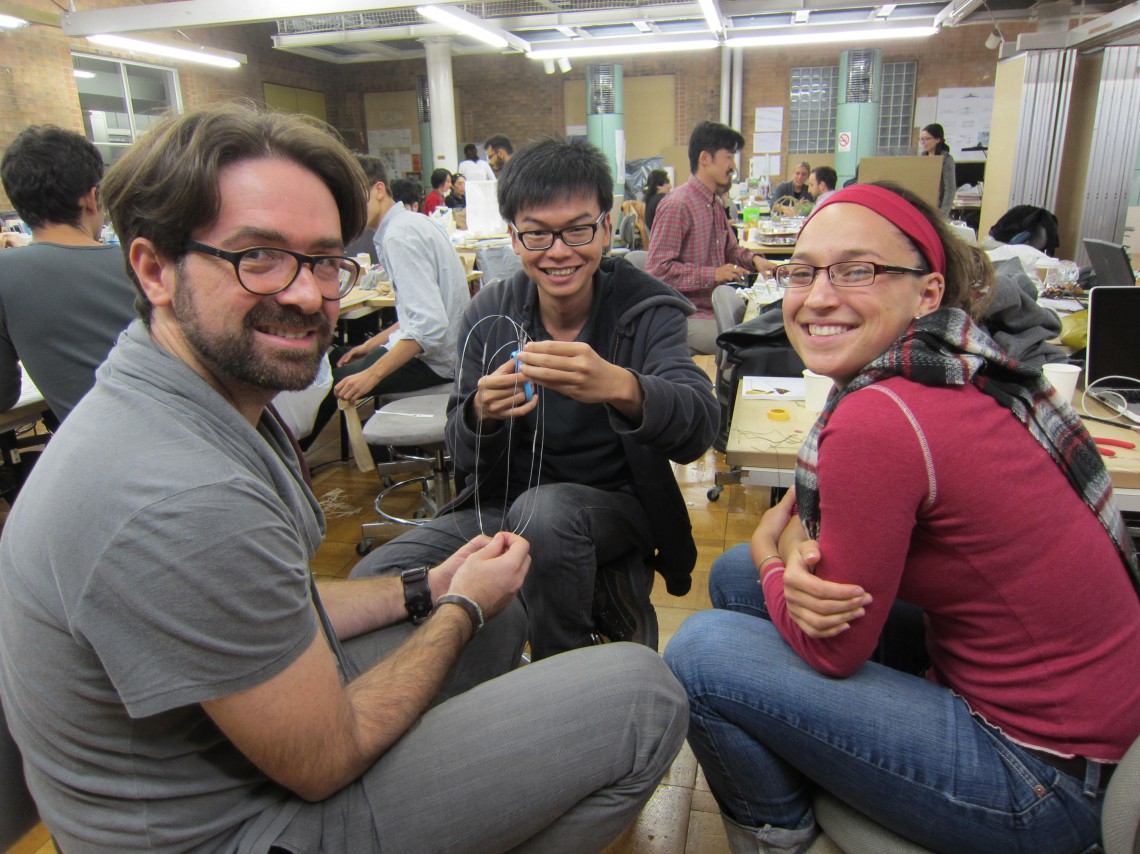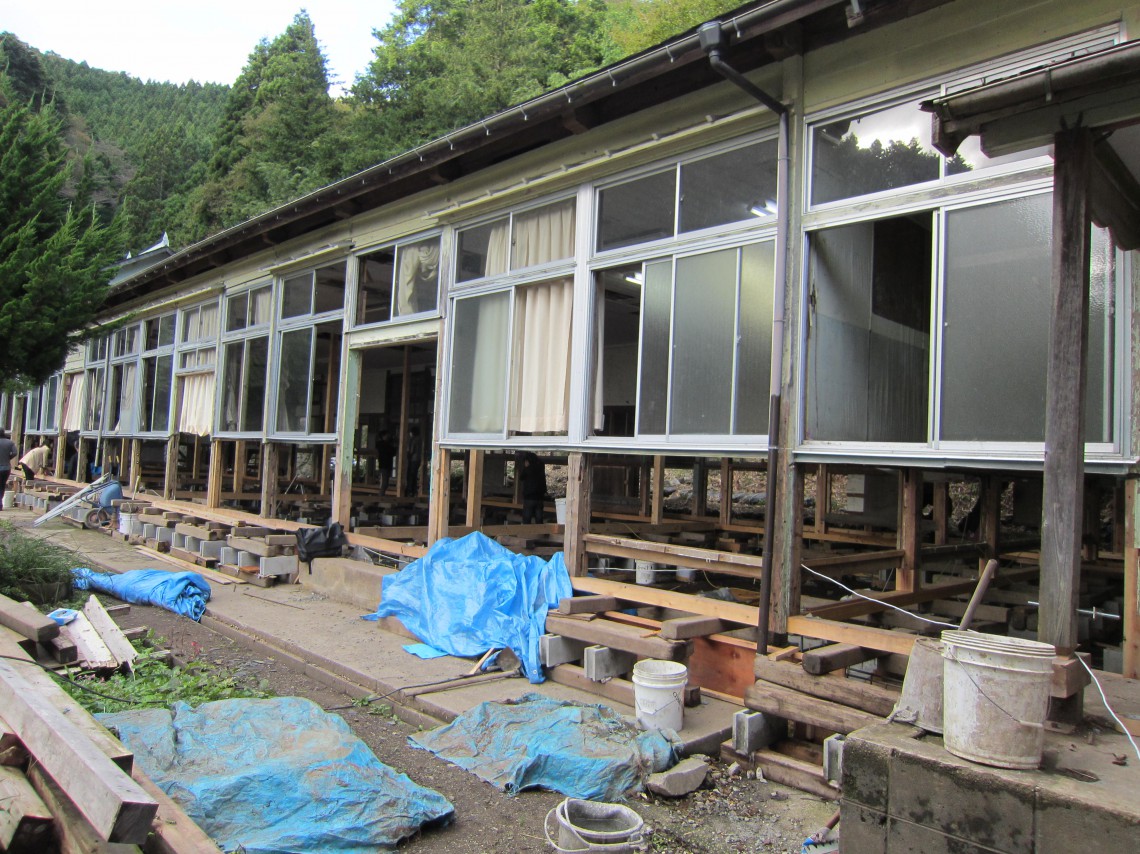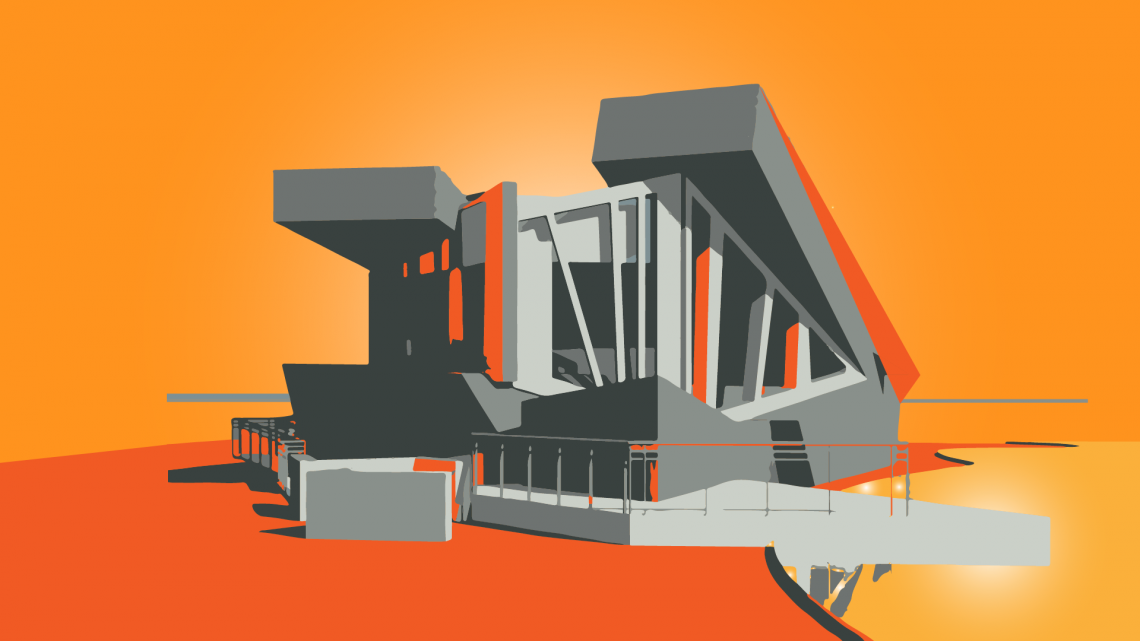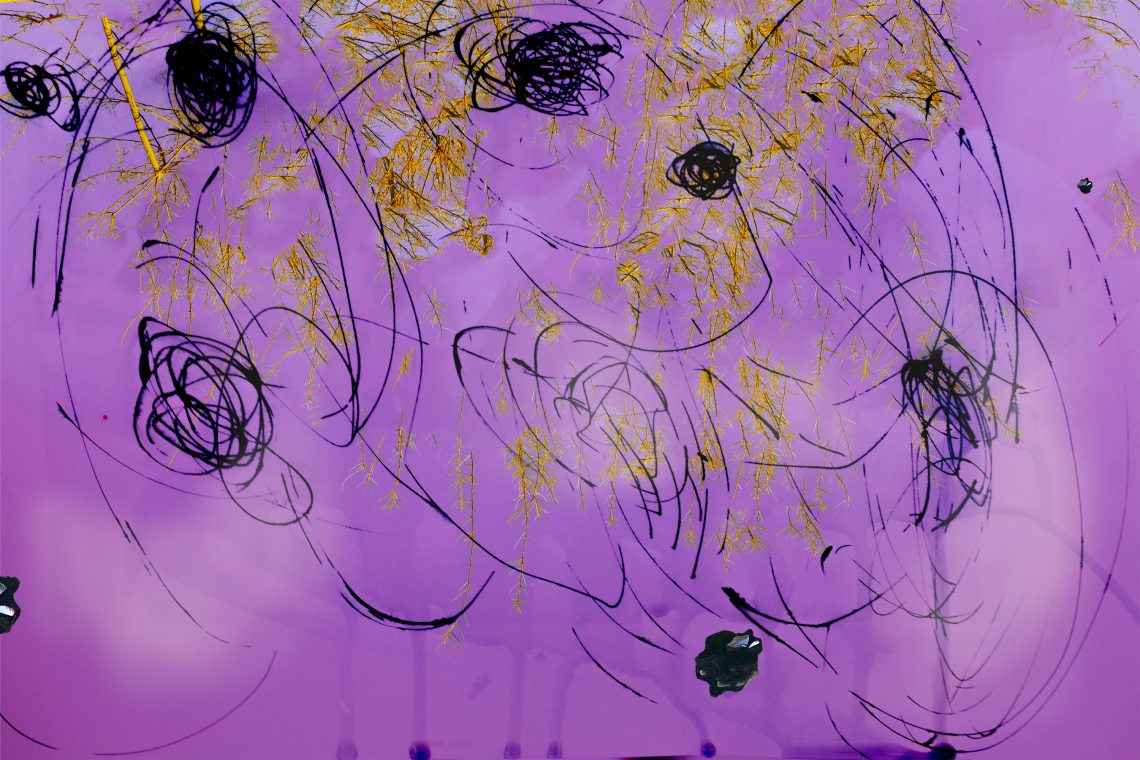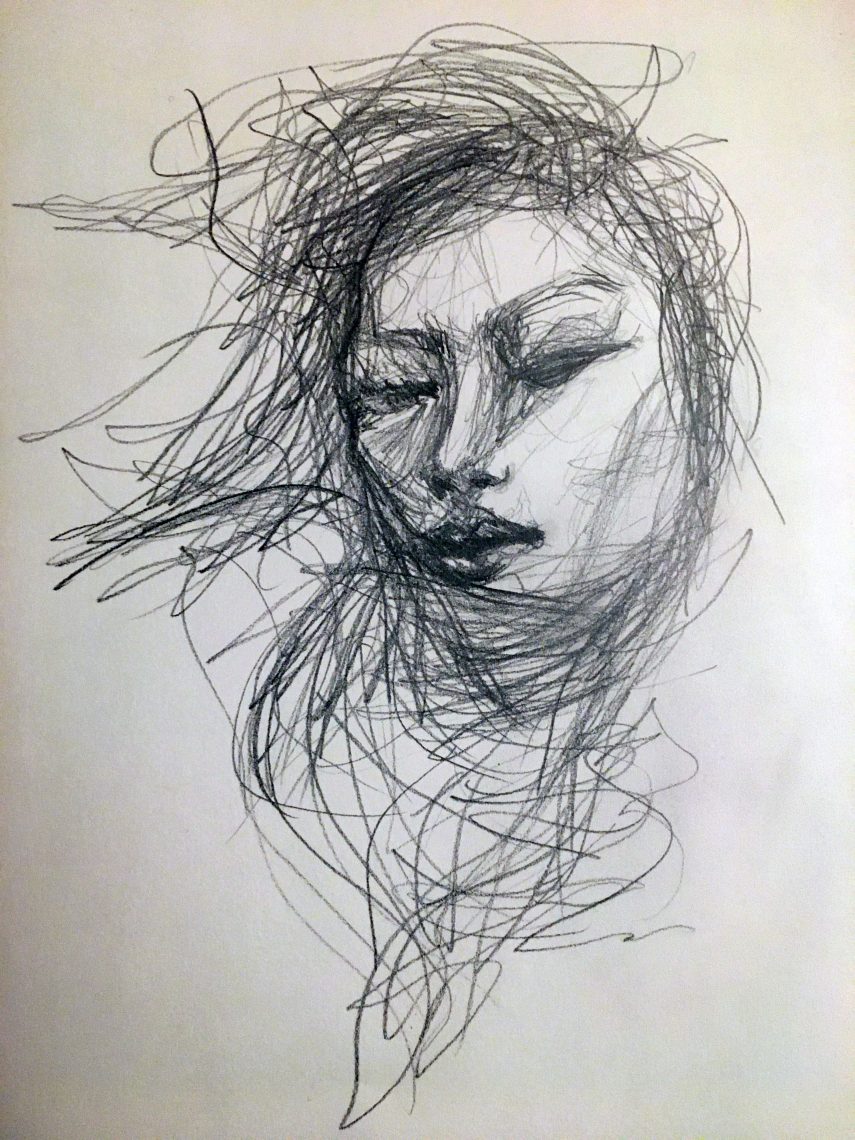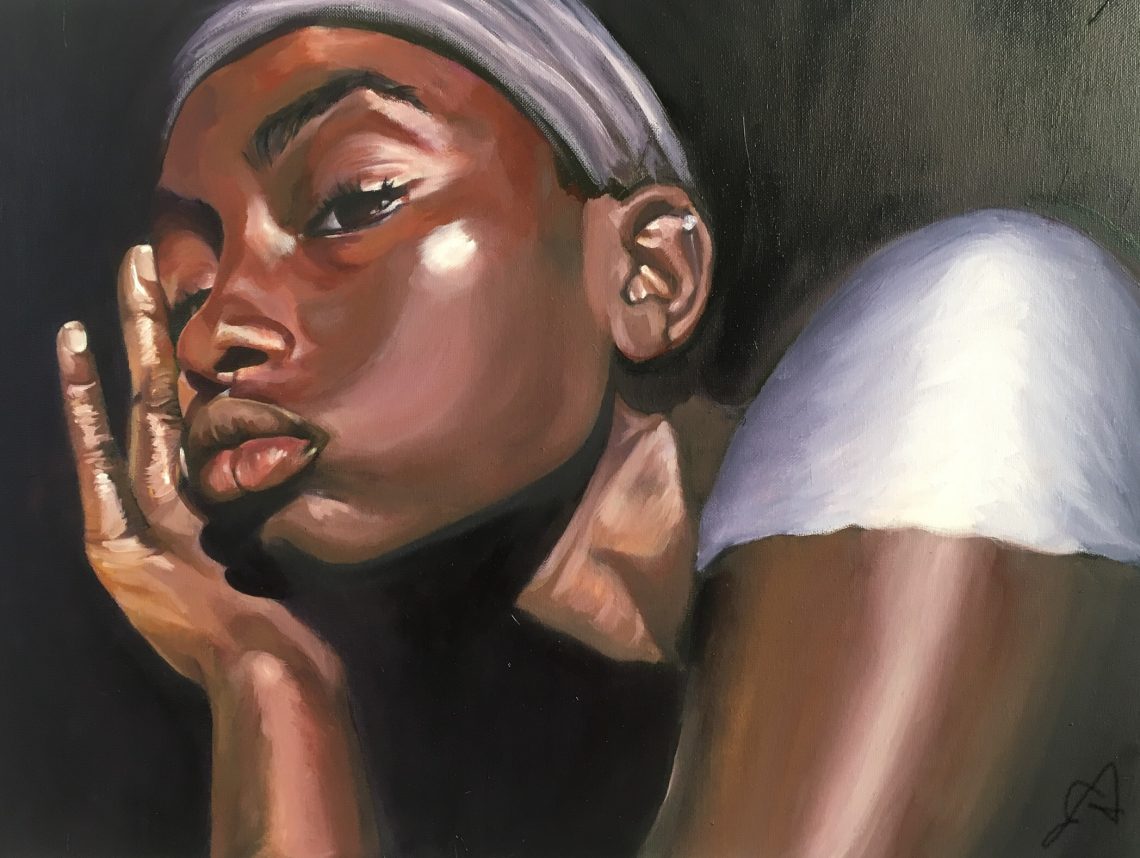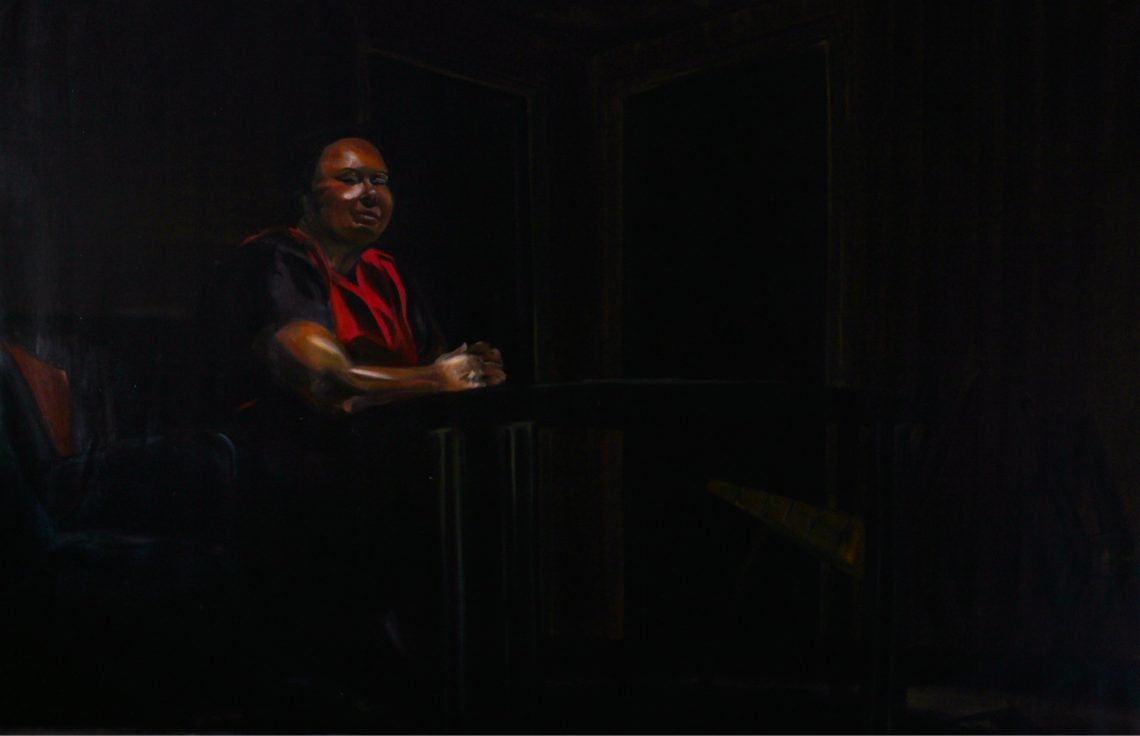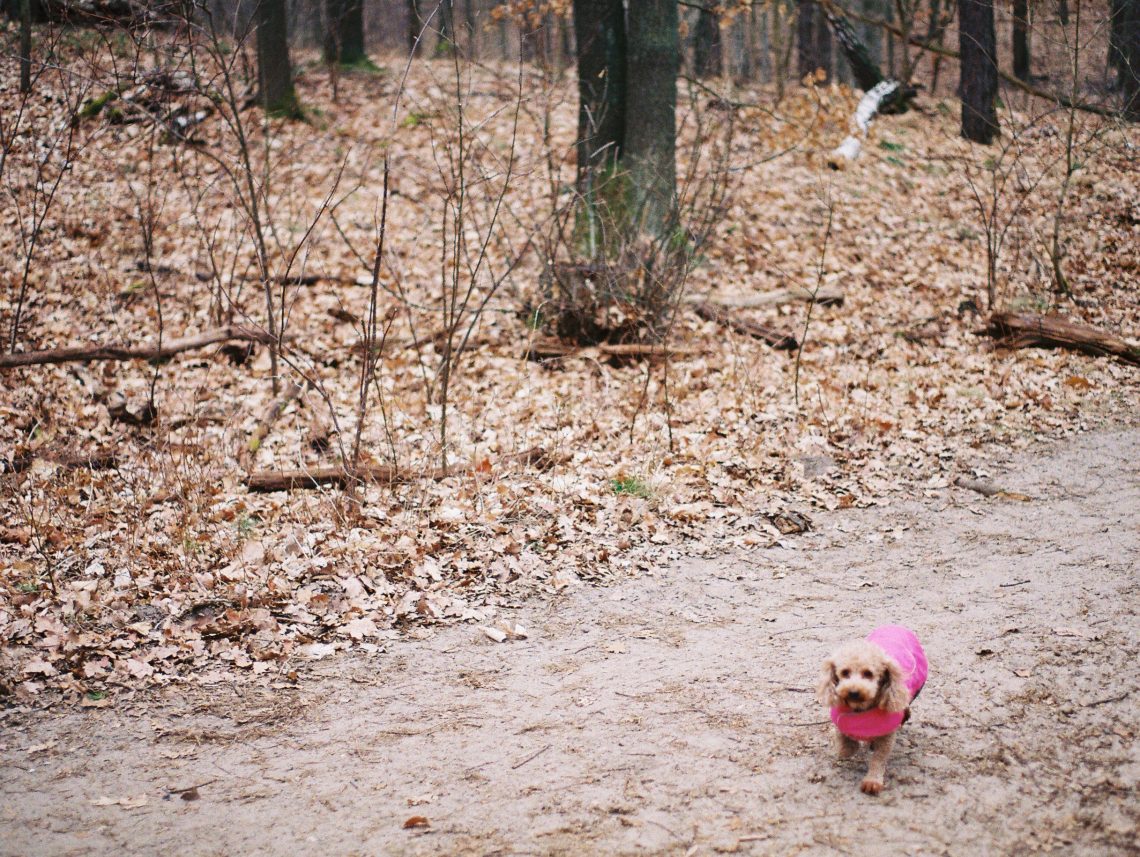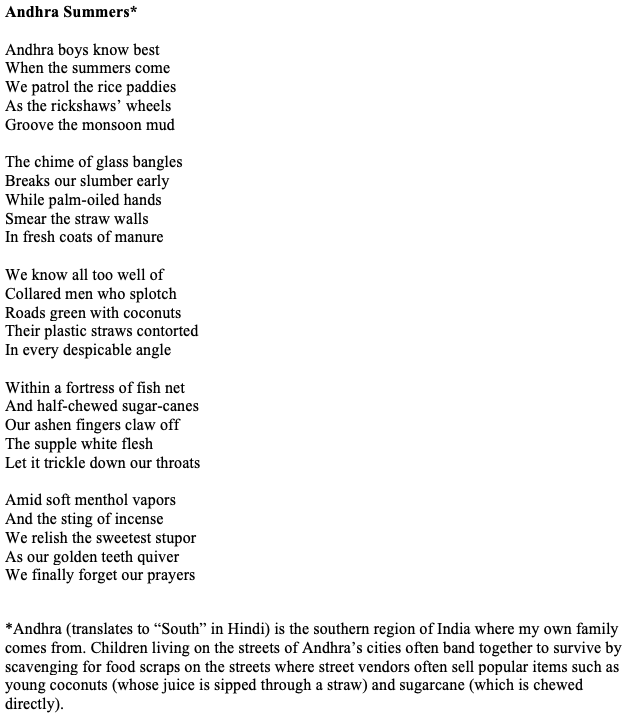In Japan, Stanford architecture students explore design ancient and recent
Beverly Choe's design team takes home the Citizen Award in the mobile pavilion competition and the students return feeling like international citizens.
Being able to visit the sacred Shinto Ise Grand Shrine in Japan during a rebuilding year happens only once every 20 years. Combine that experience with participation in a workshop to design a school in tsunami-ravaged Ogatsu and a competition to build a mobile artist pavilion of the future and you’ve got yourself an opportunity of a lifetime.
That opportunity was realized by a delegation of three students and faculty lecturer Beverly Choe from Stanford’s Architectural Design Program. The foursome attended “Community Week 2013: Material Equilibrium,” an international conference organized by the Dhillon Marty Foundation and the University of Tokyo.
The foundation hosted 45 participants from 16 countries, representing 10 universities, for an immersive week of culture, art, design and engagement with issues surrounding social and environmental sustainability in Japan. Community Week 2013 was the first in an annual series of events presented by the Dhillon Marty Foundation using art and design to connect the global community with local issues.
The week featured four key events. First was a visit to the Ise Jingu Shrines during this important 62nd rebuilding year. The participants observed 75 craftspeople meticulously rebuilding the shrines, which they do every 20 years. Using both traditional and modern tools, the craftspeople demonstrated a reverence for the local materials and process as well as the centuries-old design.
The second key event of the week was a visit to the epicenter of the 2011 Tōhoku earthquake and tsunami. The participants engaged in a collaborative design workshop reimagining a multipurpose learning academy in a historic school that teaches sustainable practices in forestry, fishing and agriculture in the fishing village Ogatsu. Schools in the surrounding region will look to the academy as a model structure as they rebuild.
Architecture design student Maria Rotello, ’15, said of the workshop, “Meeting with people from the community and doing a little bit to help them was an exciting experience that I cannot forget. The enthusiasm of the people was such a contrast to the physical destruction that nature inflicted. I was stunned.”
Rotello determined that Community Week 2013 would be an excellent opportunity to learn about Japanese architecture and culture, but also a chance to meet and work with international architects that she admires. She was right on both counts.
Moving from design workshop to design competition, participants spent the next two days in the Kengo Kuma Lab in the School of Architecture at the University of Tokyo speed-designing mobile pavilions to house artists and scholars. Students and faculty from the various schools mixed and matched to work together in small design teams.
Choe and her team won the Citizen Award for “Local Kitchen,” which was inspired by the groundbreaking community kitchen project in San Francisco’s Mission District, La Cocina, where she was the project architect/manager while at Paulett Taggart Architects.
Working on an international team had its challenges, confessed Rotello, and she was often reduced to Pictionary communication: “I found myself trying to convey ideas and having only a pen and paper to my advantage. Sketching was the most productive mode of communication.”
Despite or inspired by the communication challenge, Rotello found the competition rewarding. “I am really excited to have some of the contacts that I have now. I am definitely interested in the University of Tokyo as a potential grad school destination.”
The week of activities, which also included workshops with Noh theater masters, a tea ceremony and an ikebana demonstration, closed with a summary symposium on the Community Week topics.
“Throughout the week, we discussed and debated differing attitudes toward nature,” said Choe. “We were able to compare the results of a predictable cycle, such as the 20-year cycle of deconstruction and construction at Ise, against an unpredictable cycle such as the tsunami-scarred fishing village of Ogatsu.
“The group also developed an appreciation for the studied role of impermanence and imperfection in Japanese aesthetics. Whether viewing buildings, a tea ceremony or learning about the art of ikebana, students noticed how a deferential attitude toward nature influenced the culture of making. The Japanese attention to detail, ritual and pursuit of an elevated aesthetic order were eye-opening and inspiring for the participants.”




